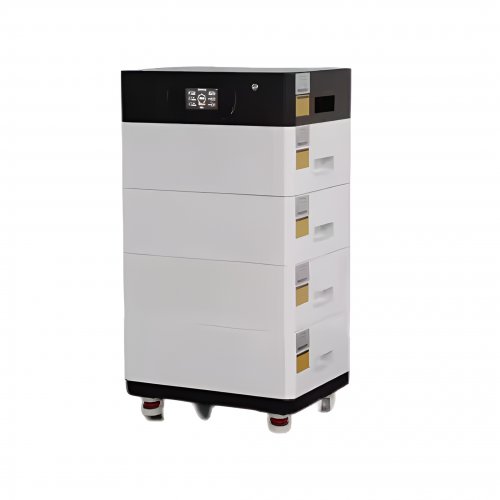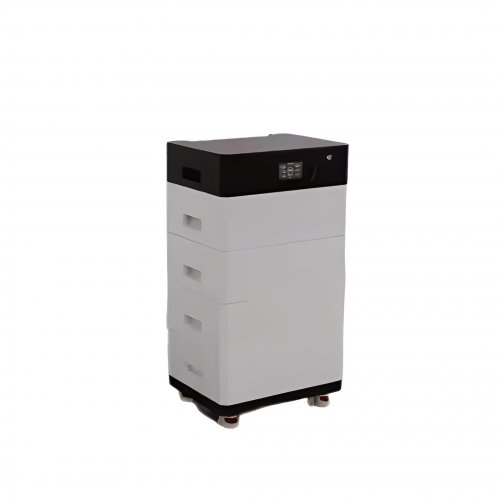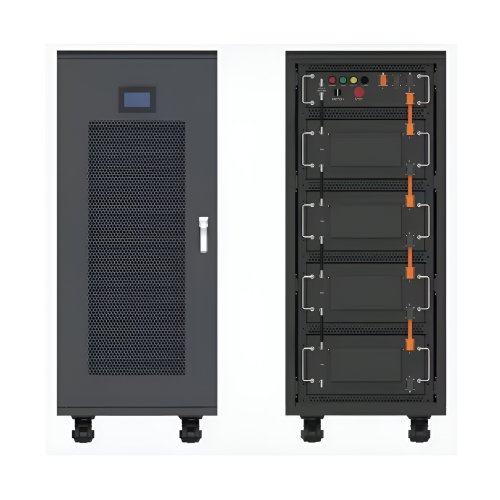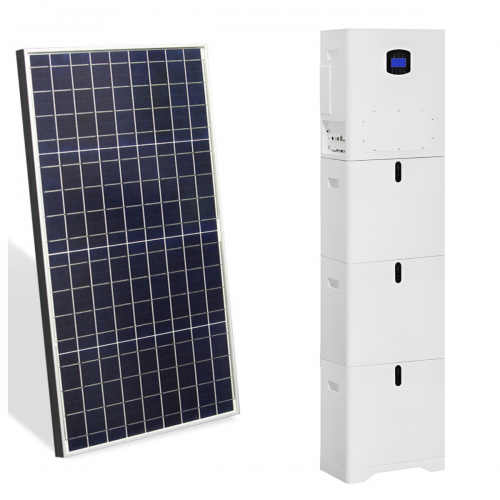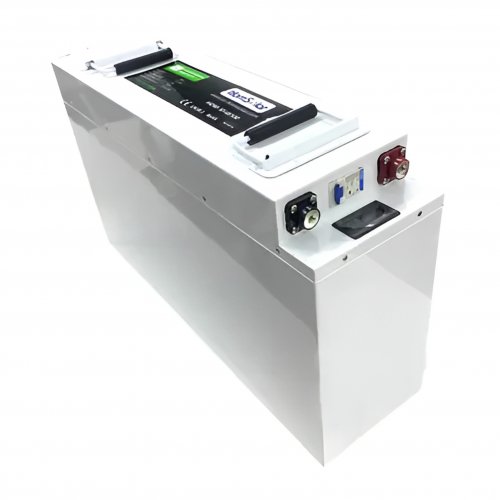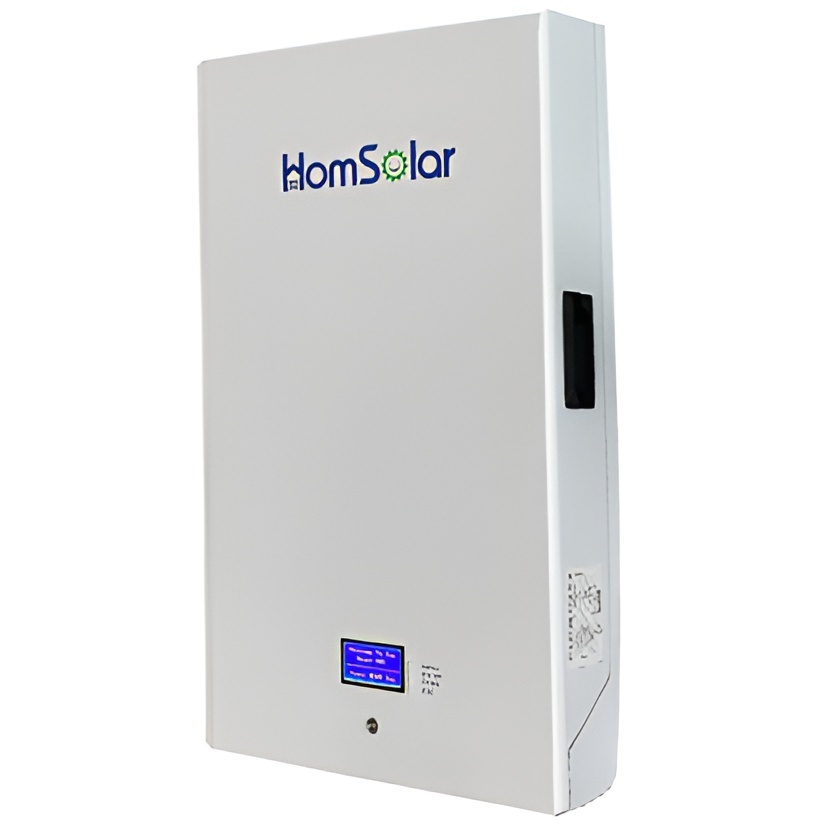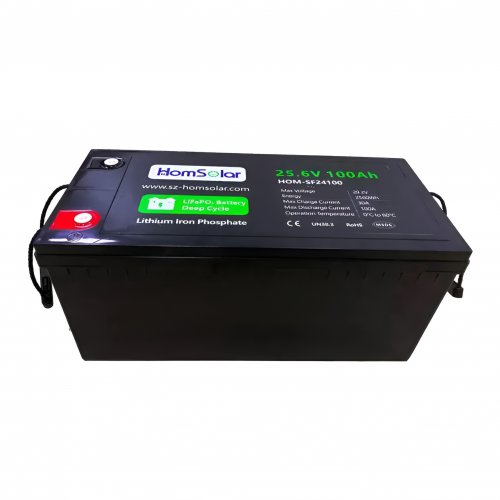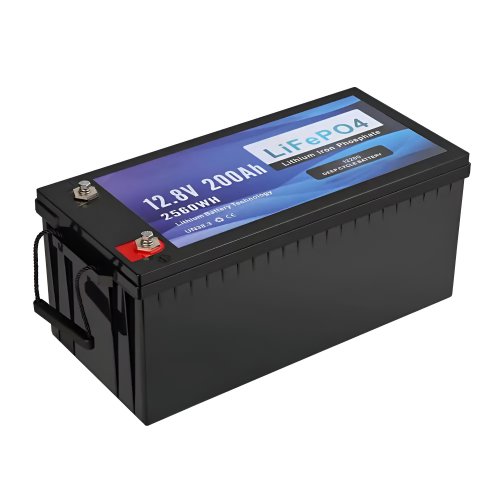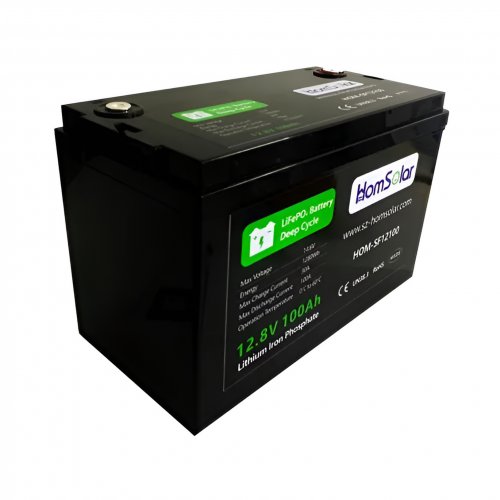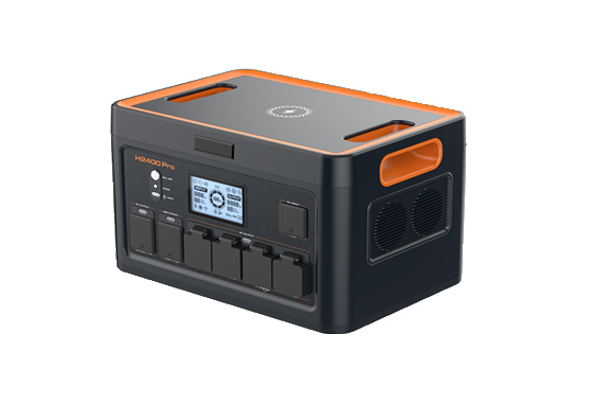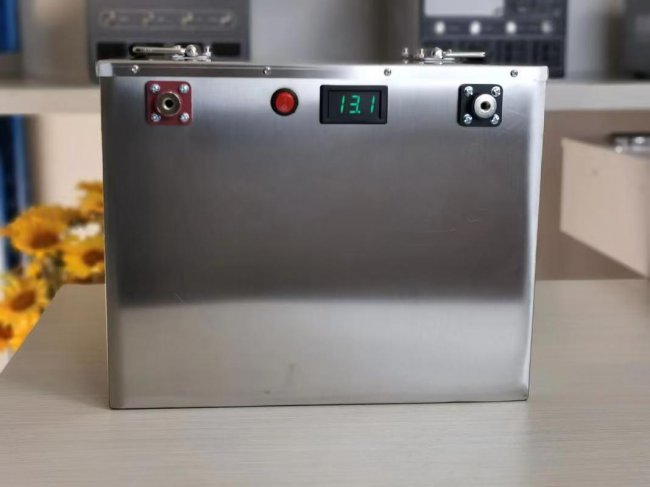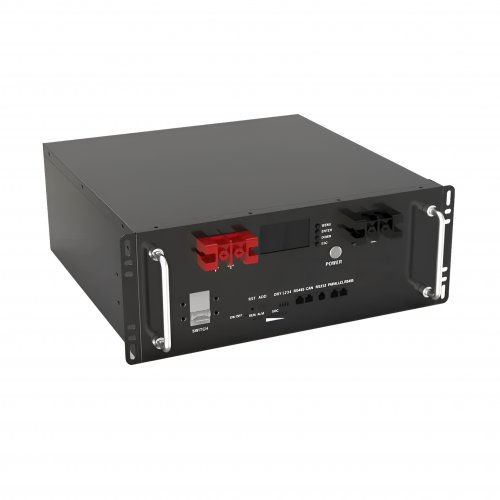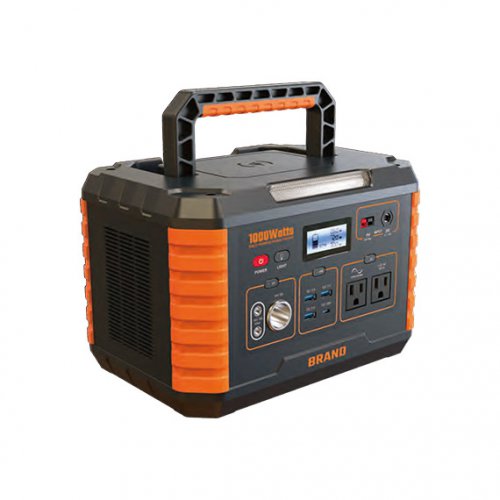TU Delft research outlines optimization path for two-terminal perovskite-silicon tandem solar modules
A research group led by Delft University of Technology (TU Delft) in the Netherlands has investigated how perovskite materials may be optimized to achieve improved performance in bifacial two-terminal perovskite-silicon tandem solar cell technologies.
“The main implication of our research is the effect rear irradiance has on the optimal bandgap energy and thickness of the perovskite cell in a bifacial two-terminal perovskite-silicon tandem module,” the research's corresponding author, Youri Blom, told pv magazine. “This is the first time this type of analysis has been performed at the module level, and at this level of detail. We have shown that this rear irradiance lowers the optimal perovskite bandgap energy by 0.02 eV. Overall, the bifacial tandems have a 25% larger energy yield compared to bifacial single junctions and a 5% larger energy yield compared to monofacial tandems.
The research work is mostly focused on the modeling aspects of photovoltaic multijunction devices to gain a better understanding of their working principle under real-world conditions and get insights into their optimal design. “Our experimentally validated modeling work further refines the existing design guidelines for perovskite-silicon tandems, which I expect to be of great value for colleagues working on the design and fabrication of these next generation of PV modules,” Blom added.
The research group used a reference 32.5%-efficient perovskite-silicon tandem cell developed by German research center Helmholtz-Zentrum Berlin (HZB) to optimize the design of a perovskite cell in a bifacial monolithic 2T tandem module under various conditions. “The reference cell is adjusted by reducing the wafer thickness and adding glass and encapsulation,” the group said. “The bifacial modules are created by removing the silver layer and adding a second encapsulant layer.”
The simulations were conducted via the PVMD Toolbox, which is a comprehensive modeling software to simulate building-integrated and tandem PV systems. The Advanced Semiconductor Analysis (ASA) was used to calculate the electrical properties of the cells and the calibrated lumped element method (CLEM) was utilized for energy yield simulations.
The simulated modules comprised 72 perovskite-silicon tandem cells with a size of 15.7 cm x 15.7 cm. The panels were assumed to be deployed at 0.5 m above the ground, with the distance between the modules being 1 m in the east-west and 8 m in the north-south direction.
The bifacial PV system simulated with the proposed module configuration was optimized to operate in four different geographical locations, namely Delft (the Netherlands), Shanghai (China), Lagos (Nigeria), and Lisbon (Portugal). The aim was to identify the optimal perovskite for the different operating conditions. “For each situation, the optimal perovskite cell is found by varying the thickness and bandgap energy of the perovskite,” the scientists said. “The simulation steps of the bandgap energy and thickness are 0.01 eV and 50 nm, respectively.”
Through their analysis, the academics found that the optimal bandgap energy of the perovskite material used in the top device of the tandem cell lies in the range of 1.61–1.65 eV for all locations, with the optimal thickness being 650–750 nm. “The bandgap energy is slightly lower for locations with a higher air mass, due to the red shift in the spectrum,” the group explained. “The energy yield varies greatly for different locations but has a lower dependency on the ground material. This is due to the rear side irradiance is converted less efficiently than the front side irradiance, due to thermalization and reflection losses.”
They also found that the best perovskite cell configuration may vary depending on the location, but they also ascertained the loss in energy yield when using a standardized module is smaller than 3% for all analyzed scenarios.
Looking forward, the researchers are planning to expand their analysis to production costs and most cost-competitive tandem designs.
Their findings were presented in the study “,” which was recently published in Solar Energy Materials and Solar Cells.
Customized/OEM/ODM Service
HomSolar Supports Lifepo4 battery pack customization/OEM/ODM service, welcome to contact us and tell us your needs.


HomSolar: Your One-stop LiFePO4 Battery Pack & ESS Solution Manufacturer
Our line of LiFePO4 (LFP) batteries offer a solution to demanding applications that require a lighter weight, longer life, and higher capacity battery. Features include advanced battery management systems (BMS), Bluetooth® communication and active intelligent monitoring.

Customised Lithium Iron Phosphate Battery Casing
ABS plastic housing, aluminium housing, stainless steel housing and iron housing are available, and can also be designed and customised according to your needs.

HomSolar Smart BMS
Intelligent Battery Management System for HomSolar Energy Storage System. Bluetooth, temperature sensor, LCD display, CAN interface, UART interface also available.


Terminals & Plugs Can Be Customized
A wide range of terminals and plugs can be customised to suit the application needs of your battery products.

Well-designed Solutions for Energy Storage Systems
We will design the perfect energy storage system solution according to your needs, so that you can easily solve the specific industry applications of battery products.



About Our Battery Cells
Our energy storage system products use brand new grade A LiFePO4 cells with a battery lifespan of more than 4,000 charge/discharge cycles.



Applications in Different Industries
We supply customized & OEM battery pack, assemble cells with wiring, fuse and plastic cover, all the cell wires connected to PCB plug or built BMS.
Applications: E-bike, Electric Scooter, Golf Carts, RV, Electric Wheelchair, Electric Tools, Robot Cleaner, Robot Sweeper, Solar Energy Storage System, Emergency Light, Solar Power Light, Medical Equipment, UPS Backup Power Supply.
We can provide you with customized services. We have the ability to provide a vertical supply chain, from single cells to pack/module and to a complete power solution with BMS, etc.


HomSolar (Shenzhen) Technology Co., Ltd







